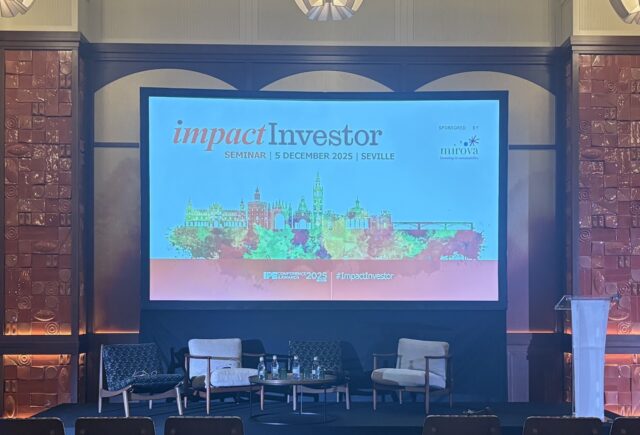The report evaluated 37 impact funds managing $326bn in combined assets, and found that 97% of funds do not regularly check the quality of their impact data.

There are significant challenges in funds’ impact reporting to investors, with 97% not regularly checking the quality of their impact data, according to BlueMark, the impact intelligence provider.
In a recent study, the firm highlights gaps in the completeness of disclosures and data quality of reporting, drawing on findings from BlueMark’s pilot programme for its newly developed fund rating system, which evaluated 37 impact funds managing $326bn (€298bn) in combined assets.
The study found that many funds struggle to provide sufficient qualitative context around their impact strategy.
According to BlueMark, while 93% of funds include information about their impact objectives, only 21% provide adequate qualitative context, with just 31% being found to include descriptions of key stakeholders in their reporting.
Differences in approach
Moreover, the study revealed other disparities in performance by fund size. Both large and small funds outperform mid-market asset managers in impact governance and reporting.
BlueMark says the industry struggles with underdeveloped reporting practices and meaningful stakeholder engagement.
Speaking to Impact Investor about the ways these transparency gaps can affect investors, a BlueMark spokesperson said: “Impact KPIs should be material, measuring progress towards the specific objectives identified in the fund’s theory of change.
“While the industry has made significant progress in this regard, many funds still fall back on easy to measure indicators, resulting in more output rather than outcome data.”
While many managers set ex-ante targets at the investment level, less than a quarter of the funds evaluated for the report set portfolio-level targets, according to the firm.
BlueMark stresses that this can limit a funds ability to identify and respond to underperformance, which prevents asset owners and allocators from having visibility into whether the manager is making meaningful progress toward their fund-level impact goals. As a result, there is decreased investor confidence and reduced capital allocations to these strategies.
“Our findings highlight the progress made by leading and specialised funds but also reveal broader transparency gaps that impact the industry as a whole,” said Paige Nicol, senior director at BlueMark.
“As demand for transparency grows, standardisation and accountability are needed to ensure impact investing delivers on its promises. With credible reporting, the industry can keep high levels of trust investors placed in it, which is critical to scaling impact investing,” Nicol added.






